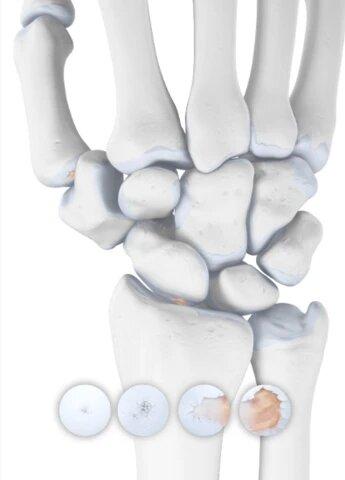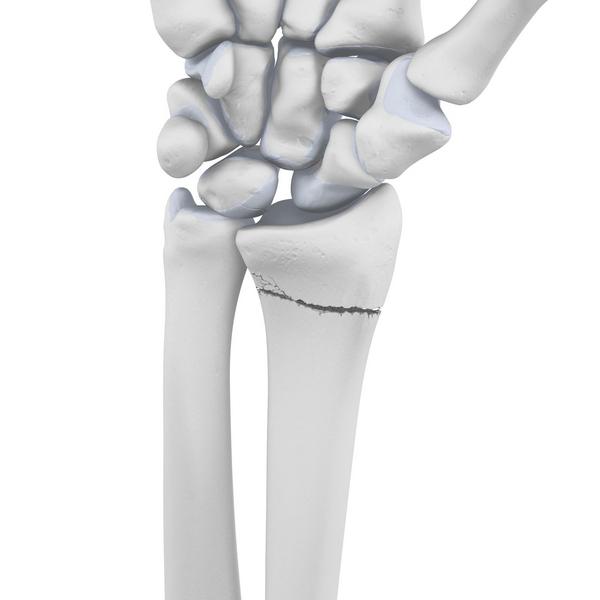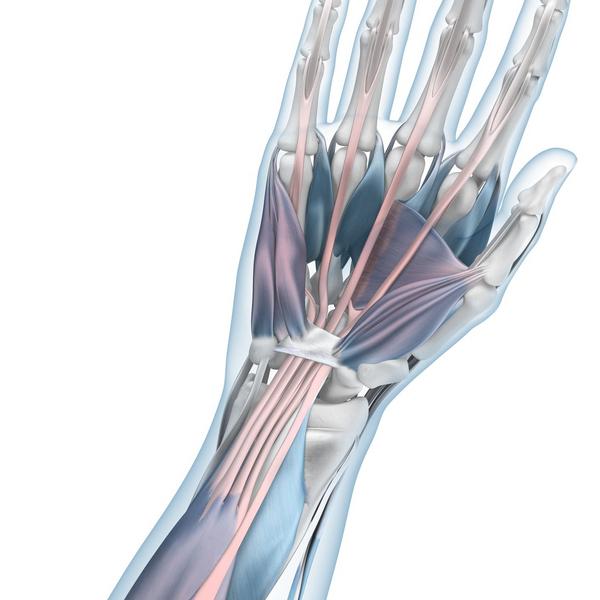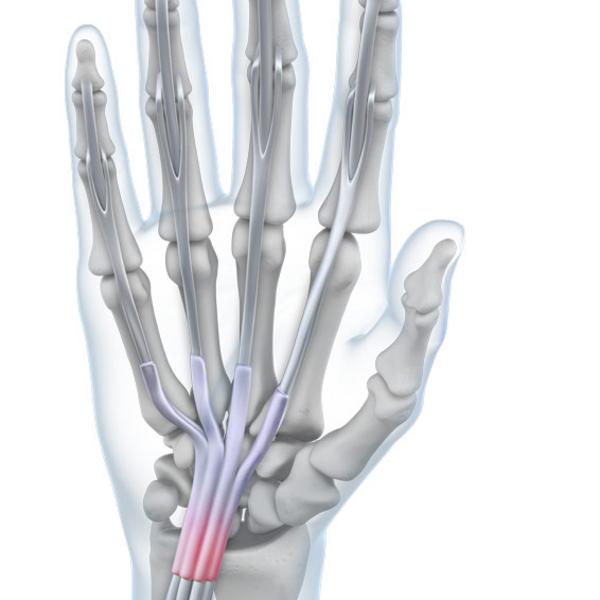Wrist Osteoarthritis - Arthritis in the Wrist Joint
Arthrosis wrist Triggers, causes, symptoms and therapy Home page Injury hub Hand & thumb injuries Wrist Osteoarthritis - Arthritis in the Wrist Joint Wrist Osteoarthritis: Pain, Swelling & Restricted Mobility of the Wrist Joint The wrist joint is a complex structure that connects our hand to the forearm bone. It facilitates the transfer of power from the forearm muscles and...
Read more








